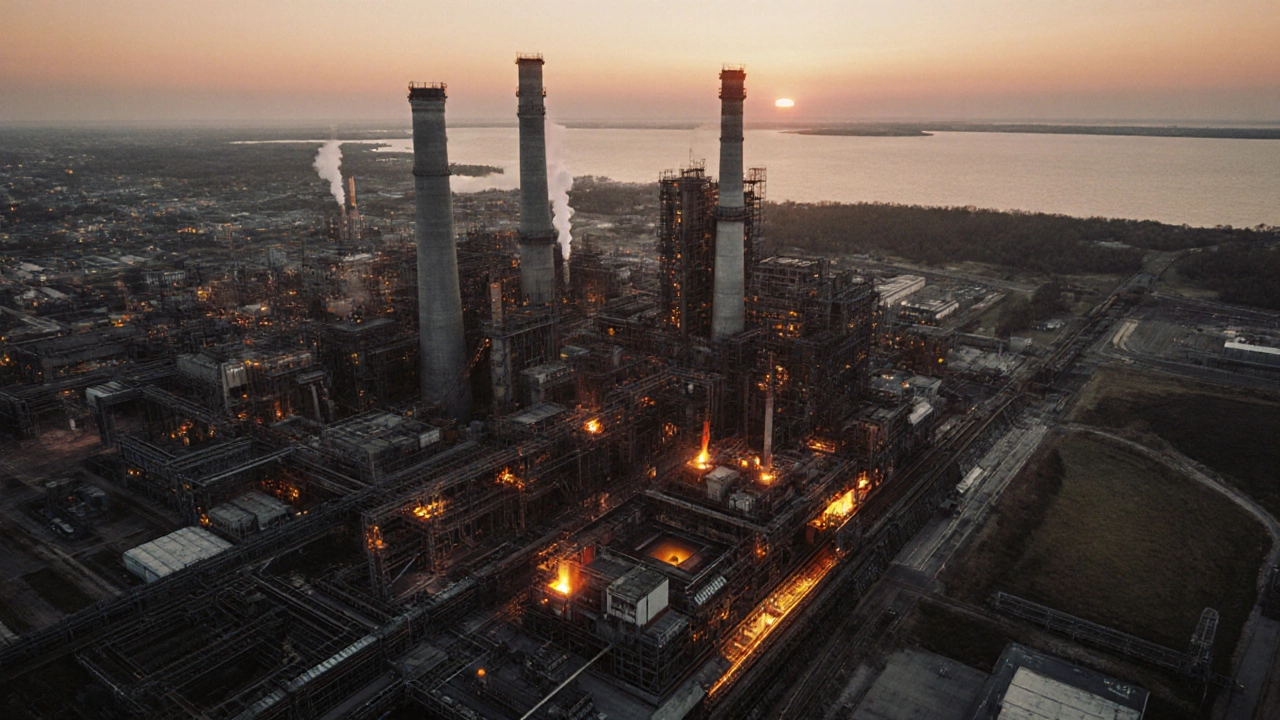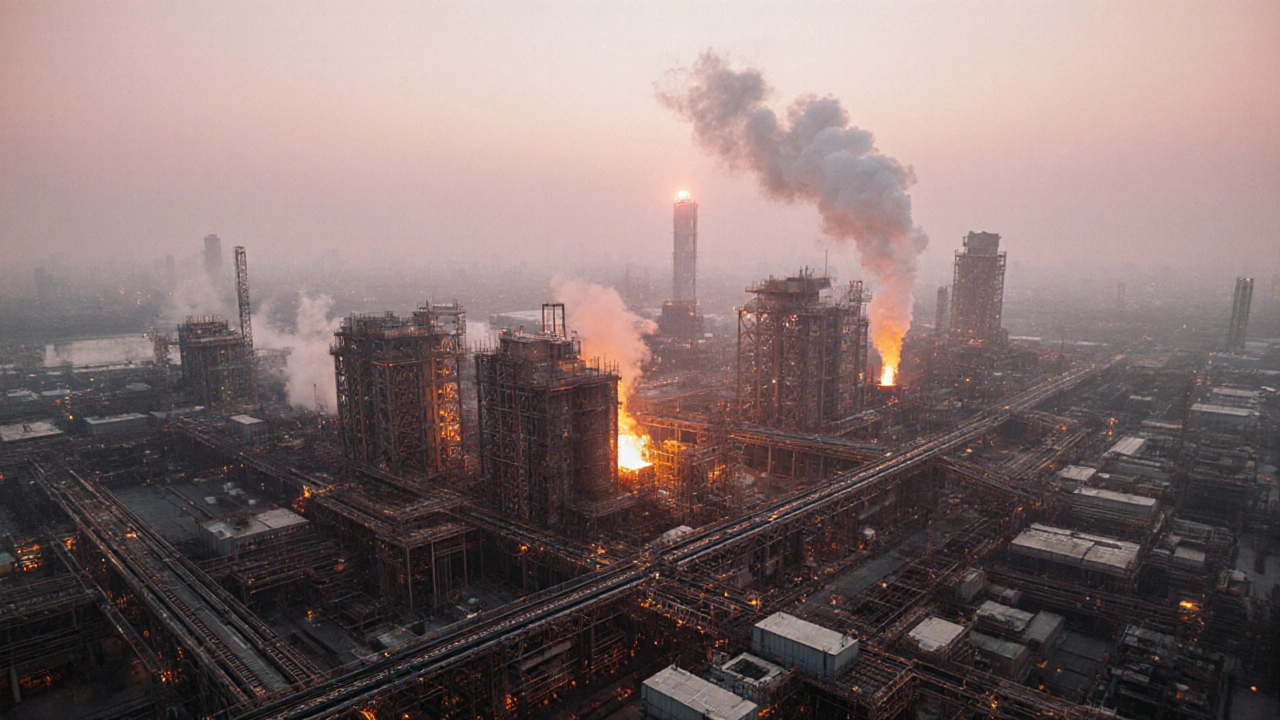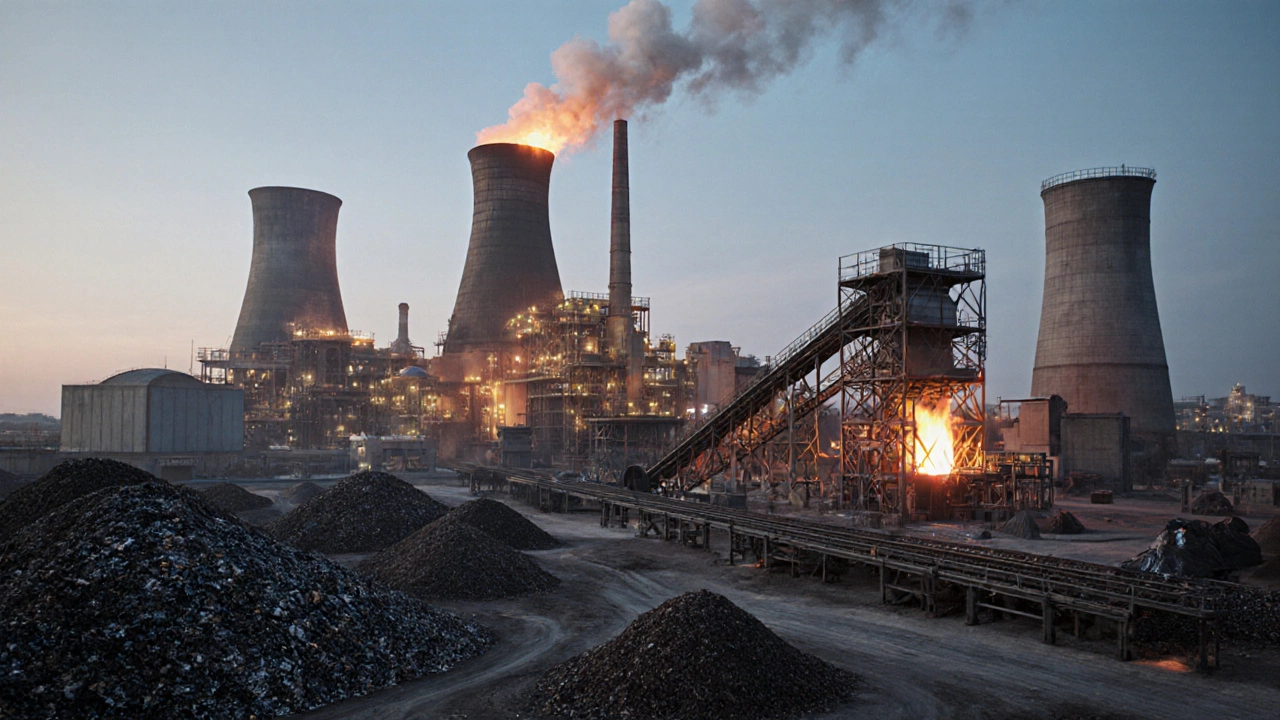Steel Manufacturing: How the Industry Shapes Modern Life
When you walk into a building, ride a train, or even use a smartphone, steel is part of the story. It’s the backbone of construction, transportation, and countless products we rely on every day. Understanding how steel is made helps you see why this industry matters to every corner of the economy.
Key Trends Driving Today’s Steel Production
Modern steel plants are moving away from old‑school furnaces to greener, automated systems. Electric arc furnaces use recycled scrap, cutting energy use and emissions. At the same time, robots are taking over repetitive tasks, so factories can spin out more steel with fewer errors. These changes keep costs down and make the product more reliable.
Another big shift is the push for sustainability. Companies are tracking carbon footprints and investing in carbon‑capture technologies. That means the steel you buy next year might have a smaller environmental impact than the steel made a decade ago.
Top Players, Global Trade, and the US Landscape
When you look at the worldwide market, a handful of firms dominate. Companies like ArcelorMittal, Nippon Steel, and China Baowu each produce millions of tonnes every year. Their scale lets them innovate faster and negotiate better deals.
The United States, once a steel powerhouse, has seen production dip over the past few decades. Factors like rising labor costs, competition from cheaper imports, and shifts toward service‑based economies all played a part. Still, the biggest US steelmaker continues to invest in advanced mills to stay competitive.
Trade between the US and China adds another layer. While headlines often talk about tariffs, the actual numbers show a modest flow of US steel to China. Small volumes can still matter for niche markets, and both sides watch policy changes closely.
For anyone tracking the market, it helps to keep an eye on these top companies and the trade numbers they generate. Their moves often set the tone for pricing, availability, and the direction of new technology.
Looking ahead, the industry is betting on smarter manufacturing and greener fuels. Expect more digital monitoring, AI‑driven quality checks, and partnerships aimed at reducing emissions. If you’re a buyer, a supplier, or just curious, staying updated on these trends will give you a clear advantage.
In short, steel manufacturing isn’t just about melting metal—it’s a dynamic field that influences everything from skyscrapers to everyday gadgets. By understanding the key trends, the leading players, and the global trade picture, you get a solid grasp of why steel remains the world’s most valuable material.








